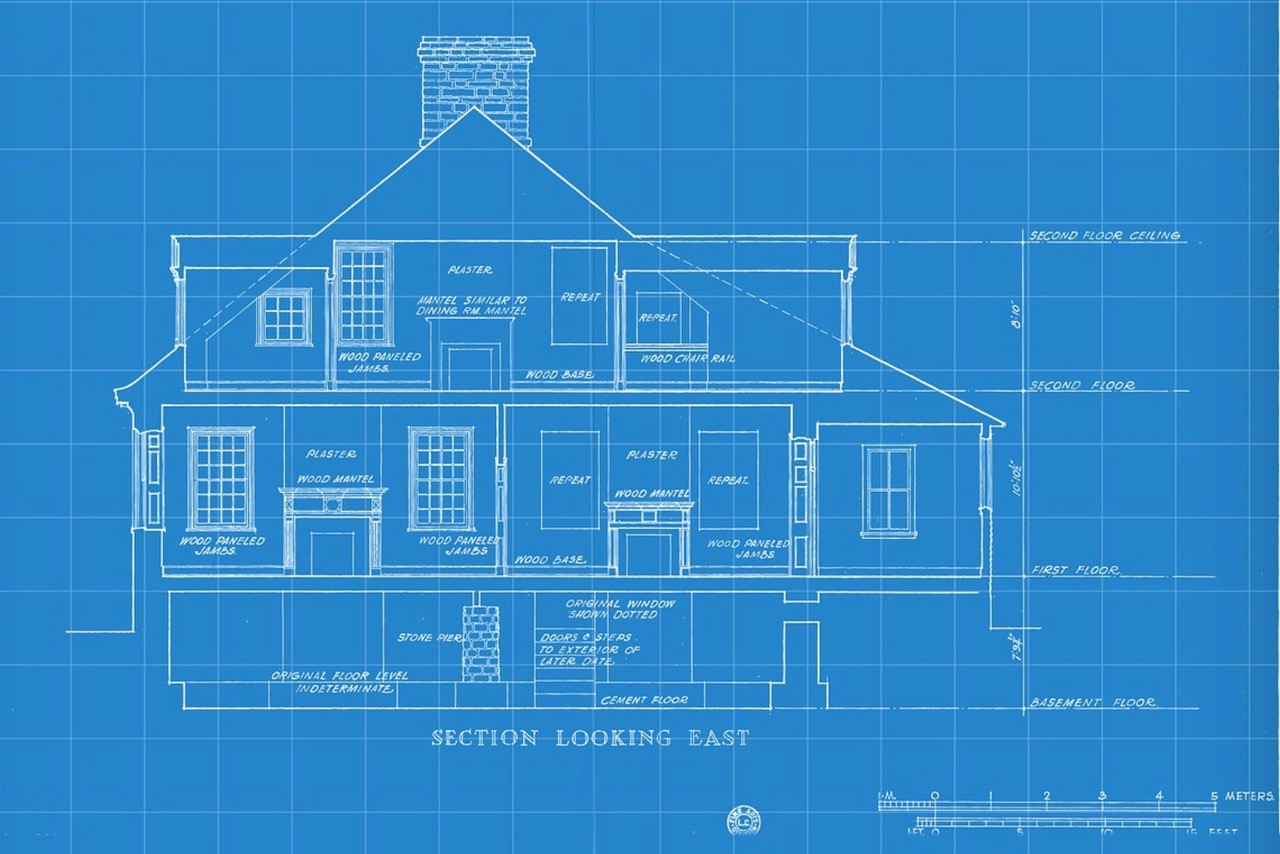Branding: 07.07.20

Brand architecture: it’s no joke
Perhaps you’ve heard the one about a traveller asking a local for directions, only to receive the response: “If you want to go there, I wouldn’t start from here.” A few legal marketers and technology managers might be thinking they would have started their journeys differently, too!
The place you start from can make all the difference in terms of eventual success. Conversely, starting from the wrong place can increase the difficulty of reaching your intended destination. A quick glance at the innovation section of the websites of some big law firms – showing a decidedly smorgasbord collection of names and identities of tech products and services – suggests there may be bumps and obstacles in the road ahead.
Expect it to get bumpier. Digitisation is accelerating. Driven by firms and clients appetite for digital services (during the Covid-19 lockdown), the increased regulatory demands (placed clients); and the efficiency strategy, most firms have embarked upon. Inevitably, this will lead to more products, service lines and (potentially) practice groups. Without effective brand management, the task of assisting clients by creating clarity and understanding around how each part fits together is set to get harder.
So, how did we get to this position?
Many factors contribute, but one key theme is the absence of a robust strategy for brand architecture: in other words, a coherent approach for defining the relationship between the corporate brand, sub-brands, products, product variants and acquired businesses. Prior to the emergence of tech, law firms (as with most firms in professional services) hardly required a strategy at all. Many defaulted to using the corporate brand for everything: after all, one name was easier for partners and clients to identify with, and made it easier for partners to cross-sell, and for the firm to manage and develop brand awareness.
Then along came technology and changed the status quo.
Typically, tech is developed at practice, sector or country level, usually in response to a specific client problem. Developments in what tech is called and what it looks like are typically made at these levels, too. Often, tech is developed in isolation from other areas of the firm. The cumulative effect of this bottom-up approach can be a disjointed collection of names and identities. This makes it harder for the firm to achieve anything like clarity, synergy, and distinction.
But what is brand architecture, really?
Brand architecture enables a firm to define and communicate relationships between its different brands. It also shows how the corporate brand plays a part (if at all) in the marketing of products and services. This top-down approach shapes how a company communicates and markets its products, and affects the organisation of teams and the structure of budgets.
Often seen as the preserve of large, multi-branded organisations like FMCG businesses for example, right now, brand architecture is relevant to how law and other professional services firms’ structure and market their tech solutions.
There are three main models to help firms to organise their brands, as follows.
Monolithic: This is the default category for professional services firms, using the awareness and credibility of the main corporate brand (Hogan Lovells, for example) to bundle a group of tech and resourcing solutions. A variant is for firms to draw on sub-branding to distinguish legal delivery from legal expertise (as with Ashurst Advance and BCLP Cubed).
Endorsed: In contrast to sub-branding, a separately endorsed brand becomes the hero. This has a distinct identity (visually and by name) and uses the master brand’s endorsement solely as a quality stamp (Konexo, for example, is a division of Eversheds Sutherland).
Branded: In this model, at the opposite end of the scale from the monolithic strategy, separate brand is established with no reference to the master brand or sub-brand. GravityStack is a good example. Owned by Reed Smith, it makes no mention of the parent company. Since the brand is free of associations, the leadership team has the flex to position GravityStack (with its own name and visual identity) as it sees fit.
Commonly, firms employ a mixture of models and approaches, and only rarely adopt a single solution when structuring corporate and product brands. Figure 1 (at the end of this article) summarises several issues to consider when deciding on the best route to follow.
Don’t stop at the corporate brand
As a strategy, brand architecture doesn’t (or shouldn’t) stop at the corporate level. It can help to bring structure for organising and naming client-facing tech solutions – products, services and tools.
When it comes to naming, a brand architecture strategy enables firms to make sensible and rational decisions by cutting through subjective suggestions and ill-thought-out, throwaway ideas for names. It also offers a framework for the discussion and analysis of naming scenarios. What’s more, it gives a structure for acquired products, or those produced in collaboration.
Another benefit that brand architecture offers is the opportunity to establish naming conventions. Types of names can include descriptive and abstract names, or those that use the firm’s initials or acronyms. It may be tempting (and even legitimate), for example, to adopt an abstract approach (creating a cool, fun, disrupter-sounding name seems like a sure way to express techno credentials). But this approach might not be the optimum route for longer-term success, for all products.
Brand architecture is useful for organising products. It’s inevitable that as tech develops, we’ll see the emergence of an increasing amount of products and product variants. Upfront discussions about how best to group products will only serve to enrich and shape solutions and market understanding.
The example of Allen & Overy shows what occurs when this doesn’t happen, and products and services are created in isolation. A few years ago, the firm found itself with a portfolio of tech and resourcing solutions, developed over 10 years, which lacked sufficient organisation. This made it difficult for its partners and clients to buy and sell; and so, in the absence of a brand architecture strategy, the firm developed a retrospective solution.
Firstly, it packaged everything under an overarching proposition (Advanced Delivery), grouping all products into categories (Solutions, Technology or Resources). It then endorsed some solutions separately (Fuse and Peerpoint, by Allen & Overy). Because its journey did not start from the best point, and without a clear brand architecture, the firm risked losing sight of its destination.
Making the right decision
As tech, digital, resourcing and AI continues to challenge the status quo, the legal market is changing at pace. Firms now face market fragmentation, new breeds of competitors, and an ever-changing business environment. Inevitably, more technology will spawn more products. From managing one brand, firms will need to make the transition to managing many.
To cope with these pressures and complexities, firms will need to find ways to manage and structure their portfolios of product brands more strategically and efficiently. A coherent brand structure can lead to impact, clarity, synergy and leverage. Having such a structure allows a firm to avoid market weakness, confusion, disagreement, waste and missed opportunities.
Remember, this is a journey. It is never too late to step back, review and rationalise your collection of brands, and to develop a blueprint for the best way forward. The big consumer brands do it all the time.
Equally, if you are just starting out on the journey and selling one tech product or service – and if you need to decide whether to call this the same as your firm or something different – you will need to think about brand architecture.
No matter where you’ve reached, the development of a brand architecture strategy is key to getting all your ducks in line on your journey to developing awareness, understanding and ultimately, sales.
Figure 1 – Selecting your brand structure
| Towards a monolithic or sub-brand strategy | Towards an endorsed or branded strategy |
|---|---|
| Does the master brand contribute to the offering by adding: | Is there a compelling need for a separate brand because it will: |
| Positive associations to enhance the value proposition? Credibility and visibility? Communication efficiencies (to provide cost savings)? |
Create new associations (and avoid replicating existing ones)? Represent a new, different offering? Capture new customers (or retain existing ones in the case of acquisitions)? |
| Will association with the new offering strengthen the master brand? | Will the business be able to support a new brand name? |
Source: David Aaker & Enrich Joachimsthaler ‘The Brand Relationship Spectrum’, California Management Review, Summer 2000


